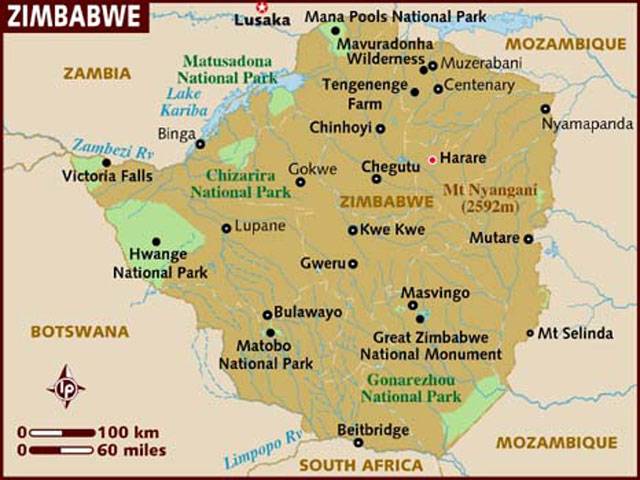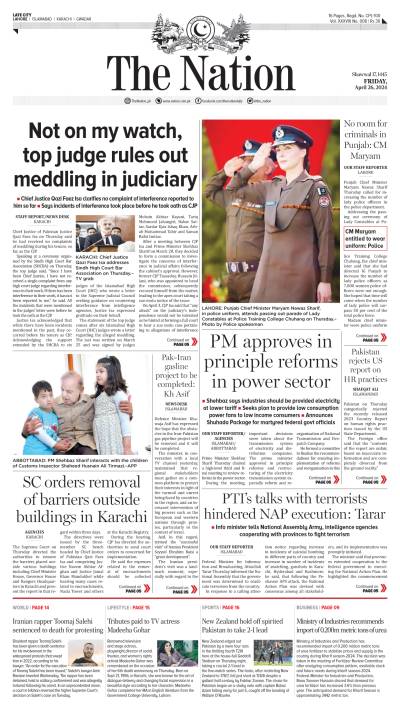HARARE - Energy-starved Zimbabweans were told on Thursday to brace for worsening blackouts due to electricity generation shortfalls, decreased imports and break-downs at the country’s major power stations.
The Zimbabwe Electricity Transmission and Distribution Company (ZETDC) said low water levels at the main Kariba hydro-power station, generation constraints at the Hwange thermal station and limited power imports have massively depleted supplies. “The power shortfall is being managed through load shedding (power cuts) in order to balance the power supply available and demand,” ZETDC said in a statement in the local paper. Power cuts started on Tuesday, and are expected to worsen.
The ZETDC said supplies will be interrupted during peak demand periods between 5:00 am (0300 GMT) and 10:00 pm (2000 GMT).
Most cities in Zimbabwe have been experiencing electricity outages, at times lasting up to 24 hours in recent days, plunging entire suburbs into darkness as the power utility battles to conserve scarce supplies.
The crippling power cuts are a boon for traders doing brisk business selling liquid petroleum gas, paraffin and generators, but have grave ramifications for the country’s manufacturing industry — which is already operating at low capacity due to a slowing economy.
At peak times Zimbabwe requires around 2,200 megawatts (MW) of electricity, and resorts to importing power from neighbouring Mozambique to augment local supplies.
A table on the power utility’s website on Thursday showed its stations were producing 919 MW, with Kariba and Hwange supplying 424 MW and 416 MW respectively, and the remainder coming from smaller generators.
Power generation at Kariba early this month was forecast to decrease from 750 MW to 475 MW due to drought that has caused a drop in water levels at its dam.
The ZETDC has been running adverts in the local press, television and radio asking consumers to use power sparingly.
Zimbabwe’s economy has been on a downward spiral for more than a decade amid slow growth, low liquidity and high unemployment.
Many companies have closed, downsized or relocated to neighbouring countries.
The government has cut its growth forecasts for 2015 from 3.2 percent to 1.5 percent, mainly due to slow growth in the agricultural sector.
Friday, April 26, 2024
Zimbabwe’s crippling power outages set to worsen

KP appoints Sonia Shamroz as first woman AIG police
11:26 AM | April 26, 2024
SACM visits GTVC, checks attendance register
April 26, 2024
Terrorism to be combated with joint efforts: Saif
April 26, 2024
Agreement signed to develop Haripur Digital City
April 26, 2024
Sherry urges PTI to avoid disruptive politics
April 26, 2024
Economic Challenges
April 26, 2024
No Compromise
April 26, 2024
Strength and Solidarity
April 26, 2024
Musk vs Australia
April 25, 2024
Reforming Rehab
April 25, 2024
Photon power
April 26, 2024
Justice prevails
April 26, 2024
Ending animal suffering
April 25, 2024
AI governance
April 25, 2024
AI concerns
April 25, 2024
ePaper - Nawaiwaqt
Advertisement
Nawaiwaqt Group | Copyright © 2024





